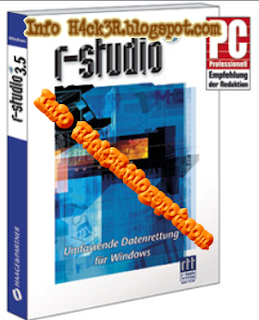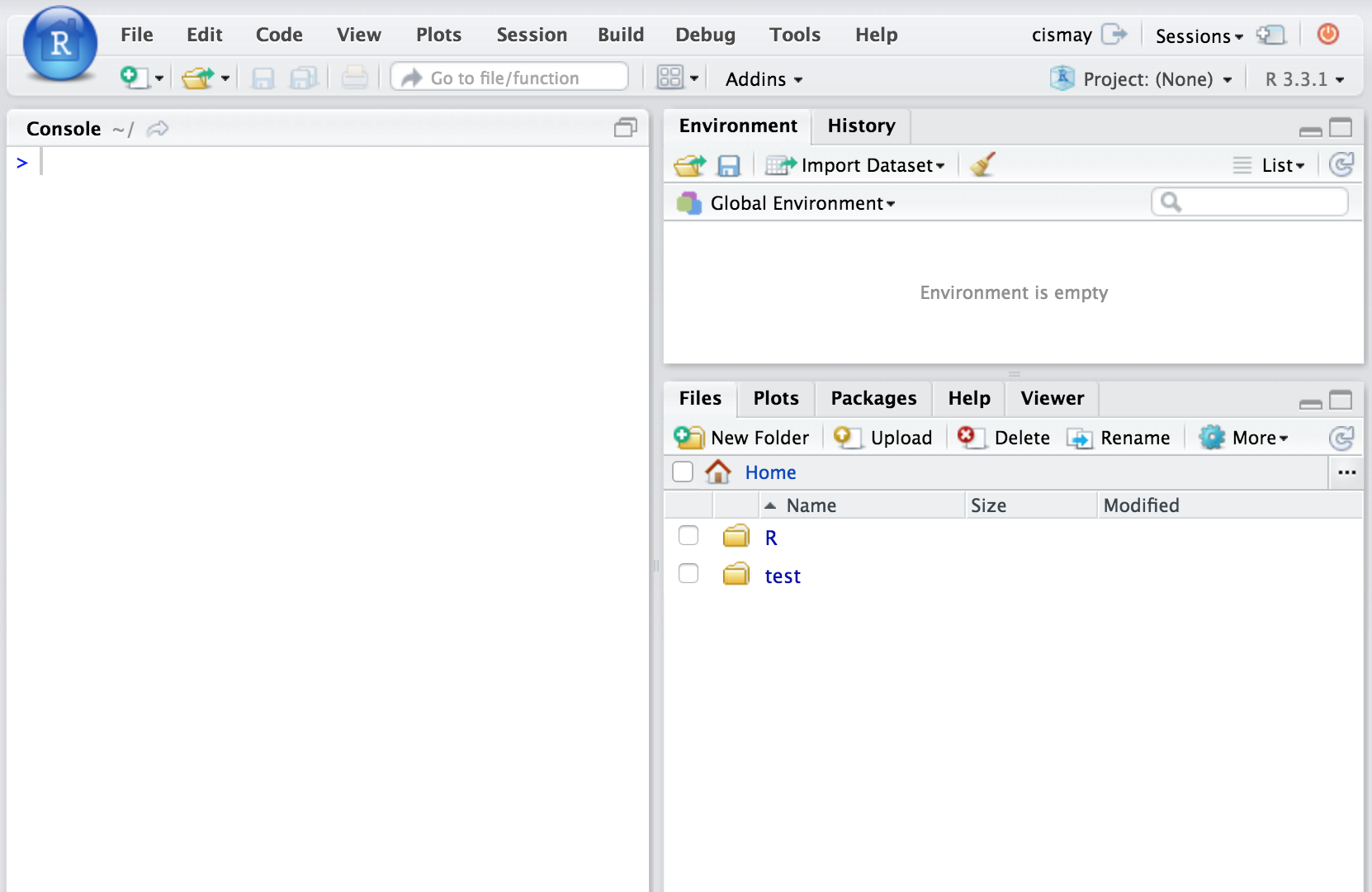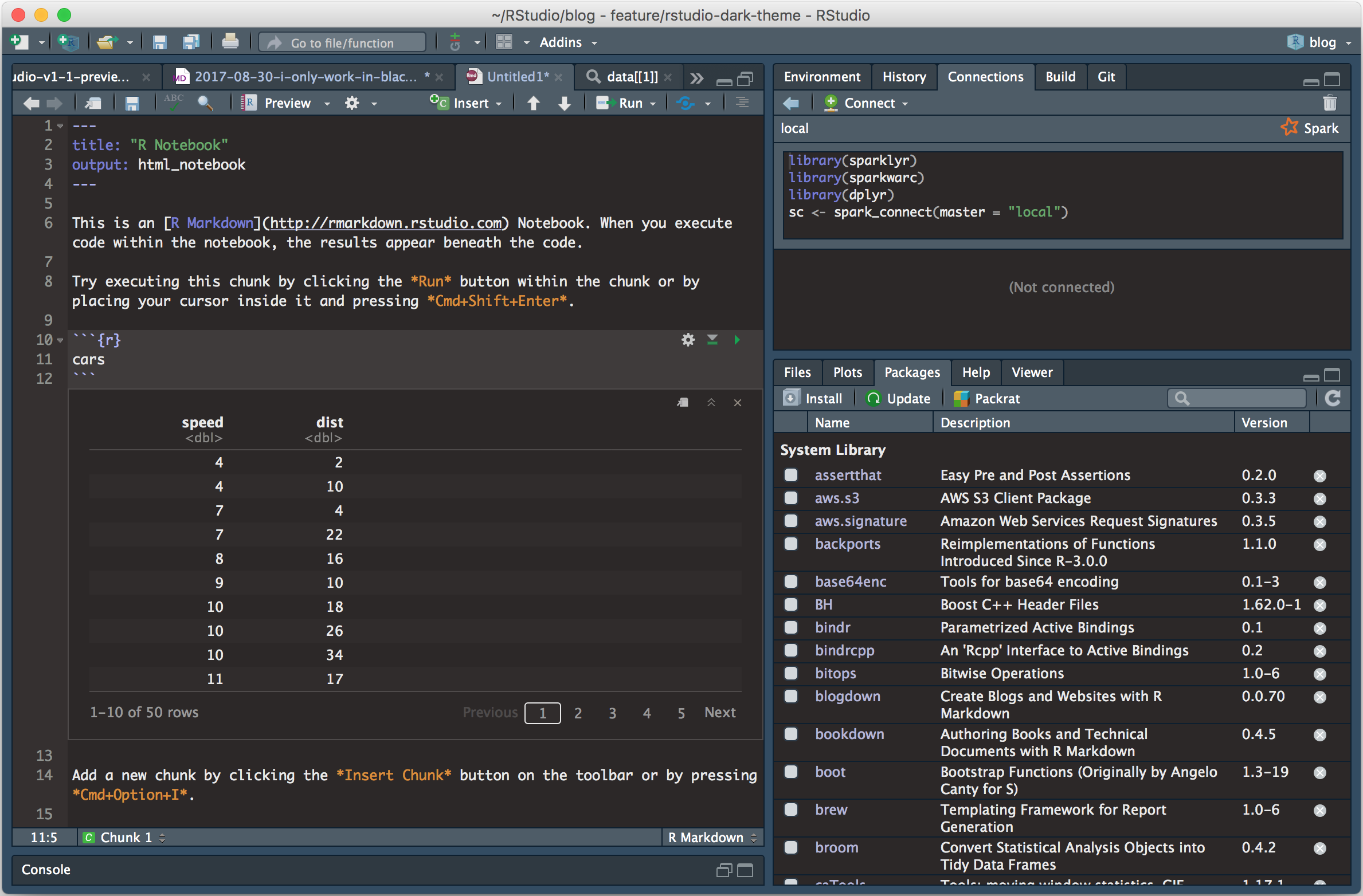
Please bring your laptop with R and RStudio installed.

Students are encouraged to install R and RStudio before the class so that they can follow along with the instructor. Simply install this package and open a tutorial via the new Tutorial tab in the. Each class uses both evidence-based best practices for programming and practical hands-on lessons.īy the end of this class, students should be able to: list reasons for using R describe the purpose of the RStudio Script, Console, Environment, and Plots panes describe the various methods for finding help on R and RStudio organize files and directories for a set of analyses as an R Project define the following terms as they relate to R: object, assign, comment, call, function, and arguments and assign values to objects in R. RStudio itself offers a Tutorial pane that is powered by the learnr R package.
#Basics of rstudio how to
The R class series is a comprehensive collection of training sessions offered by the NIH Library Data Services and Bioinformatics programs that is designed to teach non-programmers how to write modular code and to introduce best practices for using R for data analysis and data visualization. This class provides a basic overview of the functionality of R programming language and RStudio. R is a programming language and open source environment for statistical computing and graphics. 1.2 Installing R and RStudio Go to RStudio In the menu, go to Products > RStudio Select download RStudio Desktop Select Download for RStudio desktop (free).


In addition, it's also adapted to many other programming languages, such as Python or SQL. This is the first class in the NIH Library Introduction to R Series. RStudio is a flexible and multifunctional open-source IDE (integrated development environment) that is extensively used as a graphical front-end to work with R of version 3.0.1 or higher.


 0 kommentar(er)
0 kommentar(er)
